The Jakarta Pet Expo will take place from 27 to 30 November. Over 200 exhibitors, 2 000 trade visitors and 4 000 consumers are expected to attend. Jakarta is the capital of Indonesia and has over ten million inhabitants, making it the largest city in Southeast Asia. It is also the second largest metropolitan area in the world, with around 34 million inhabitants in the Jabodetabek metropolitan region. The country’s population has grown rapidly in recent decades and is currently increasing by around three million every year. Around a third of Indonesians live in poverty, although there are major regional differences.
A market on the rise
In Indonesia, too, the younger generation appreciates pets more than ever as everyday companions. This is having a significant impact on the pet industry. The Indonesian Pet Food Association (AMHKI) estimates that the market will grow by 20 per cent annually, with 60 per cent of the market in Java alone, where Jakarta and other major cities are located.
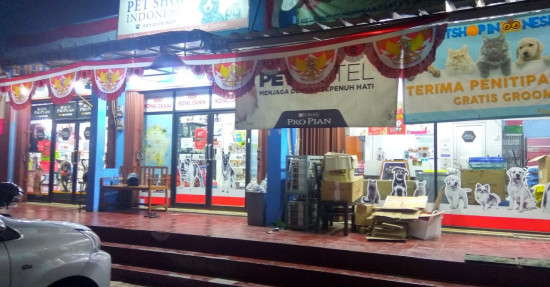
A study by market research company Mordor Intelligence puts the size of the Indonesian pet food market at USD 1.61 billion for 2024 and forecasts growth to around USD 3.19 billion over the next five years. It is also reported that around 72 per cent of Indonesian households currently own pets. Cats make up the majority with 47 per cent (5.1 million in 2022), followed by fish (22 per cent), birds (18 per cent) and dogs with just ten per cent. The latter is due to the predominant Muslim faith. The popularity of cats is also due to their low maintenance and low cost compared with other pets. Between 2017 and 2022, the cat population grew by 137.6 per cent.
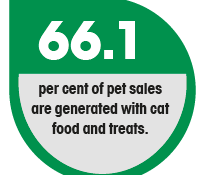

The market for cat food was estimated by Mordor Intelligence at USD 778.9 million in 2022. In contrast, the market for dog food only reached 124.3 million dollars in the same year.
A look at the trends
The trend towards humanising pets is becoming increasingly popular in Indonesian nuclear households. The number of singles and couples who prefer pets to children is also increasing. At the same time, awareness of organic pet food is growing as modern pet owners become more educated about healthy pet food. It can also be observed, however, that more and more people on low and middle incomes are favouring inexpensive pet food.

 Menü
Menü

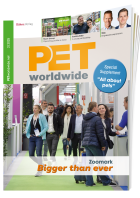






 3/2024
3/2024


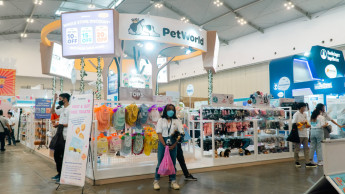
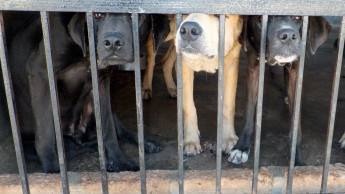
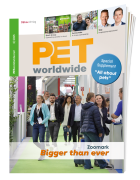
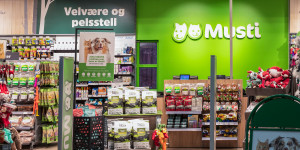
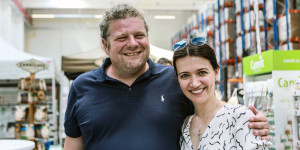
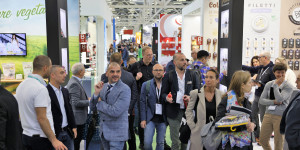

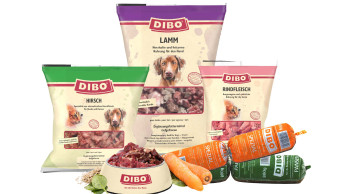

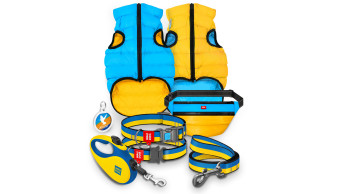
 Newsletter
Newsletter